Gina Bates: the woman behind campaigning for ecology, animals and sustainability
I found out about some of the projects that Gina Bates was working on and I was positively gobsmacked and super excited at the same time! I couldn’t wait to find out more and share the amazing work that she does. So here goes…the following article is all about the campaigning that Gina does.
What do you do for a living?
I live very simply at my croft. I grow a lot of my own food and have planted the first mixed nut orchards in the Scottish Highlands. This is at present a new plantation so it will not crop for another 2 years although there were several unexpected handfuls of nuts last year, which was the first year.
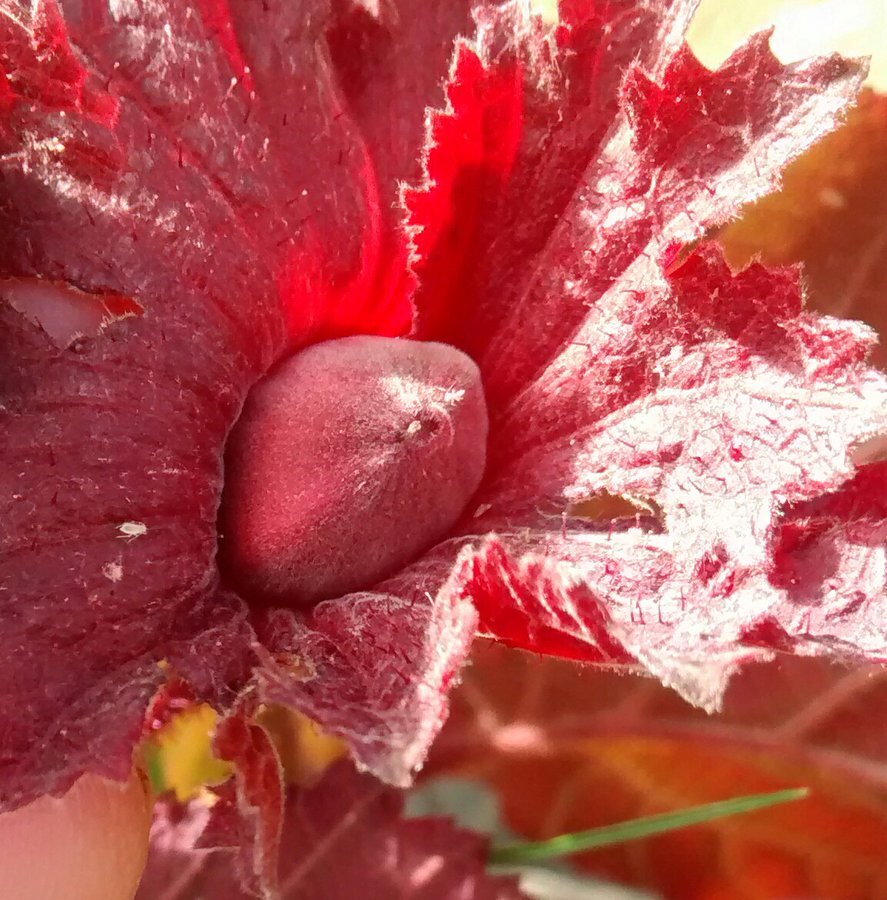

When I have to work, I am a builder. I try to build as ecologically as possible and use a lot of reclaimed materials. I do a lot of restoration work and build bespoke kitchens from reclaimed timber.
What kinds of things do you do in your spare time?
When I am not advocating for animal rights and raising funds on the Global Vegan Crowd Funder I like to head out along mountain tracks on my bike, climb mountains and practice yoga. My biggest passion of all is nature and if I am not in nature, I am usually reading or studying.
I have done a few short OU courses to further my knowledge in ecology and I love cooking. I try to eat foods that are beneficial and nutritious.
How does repurposing land fit into your life?
I am passionate about the land and feel that the land is the starting point to creating change. Land is the very root of Animal Agriculture and the way that this system abuses the land has affected me since a young age.
I have taken on an 80 acre Highland Croft which was a sheep and cattle farm. This is where I have planted the first Highland nut orchards. It covers several acres. I am using the rest to plant a mix of native tree species. Along with this croft, there’s a further 100 acres of common grazing. I am hoping to place it under a native forest scheme by next winter.
How did you get into buying out dairy grazing and so on?
There was no funding to help me plant the nut orchards as all subsidies (here) are only for animal farms. So I decided to look towards crowdfunding. When looking into this I realised very quickly that there were no vegan crowdfunding platforms at all. After several discussions on Twitter, globalvegancrowdfunder.org (GVCF) was created.
As a part of GVCF, The Vegan Land Movement (VLM) was formed. The purpose of VLM is to repurpose land that’s crowdfunded on GVCF
Last September we posted a VLM land buyout on GVCF and won at auction 3.3 acres of dairy grazing in Somerset. This land has now been removed from animal agriculture and given back to the Earth in perpetuity.
What is your vision for the future of these areas that you purchase?
The vision is three-fold and will be on a case by case study.
Rewilded
Used for Veganic cropping/polycultures
Used for animal sanctuaries
Several questions will be addressed after purchase. For example:
Is there a need to create wild habitat to increase biodiversity in this area?
Are there endangered species needing specific habitat?
Could this land be a community polyculture orchard etc?
So in every case, we will work out what the land itself needs and prioritise that. We won’t be looking at the human need initially because we need to save as many species as possible. Ultimately, we will all benefit from that. Humans too!
Can you name three of your biggest victory moments and explain what made them stand out for you?
The first was raising all the funds on GVCF for all the nut trees and them all arriving at the croft. I had seven volunteers who came to help plant including Tim Thorpe from the Vegan Society.
First-Ever Veganic Nut Plantation in the Scottish Highlands
The second was people donating to the Vegan Land Movement from all over the world. Buying out the land that was used to, graze cattle to produce dairy, was groundbreaking. It is the first time that the vegan community has come together to take land away from animal agriculture.
Historic Win For Vegan Land Movement
The third victory was when we raised funds for Beneath the Wood Sanctuary on GVCF to build a huge barn for 91 rescued pigs. They were saved from a disgusting pig unit and an illegal slaughterhouse. Once again people came together from all over the world to make this happen.
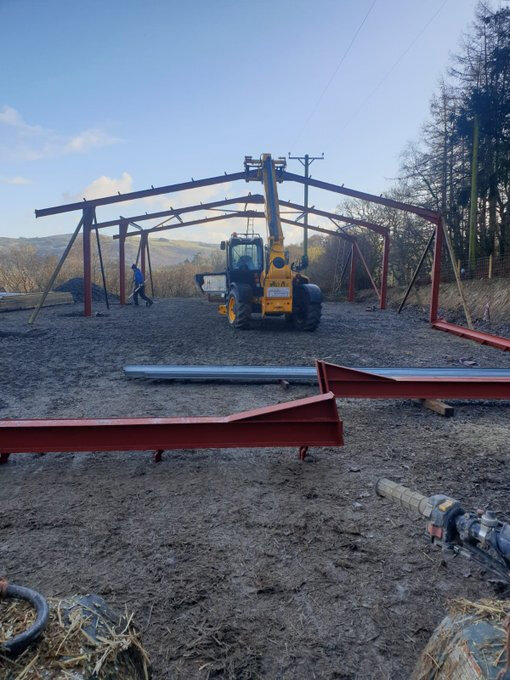
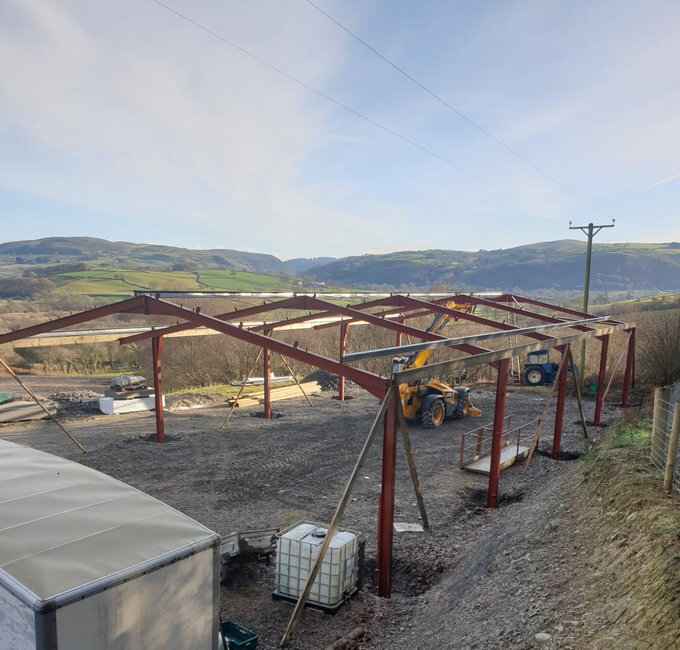
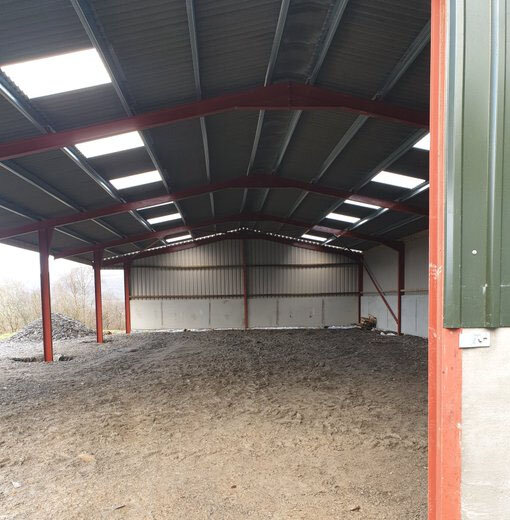
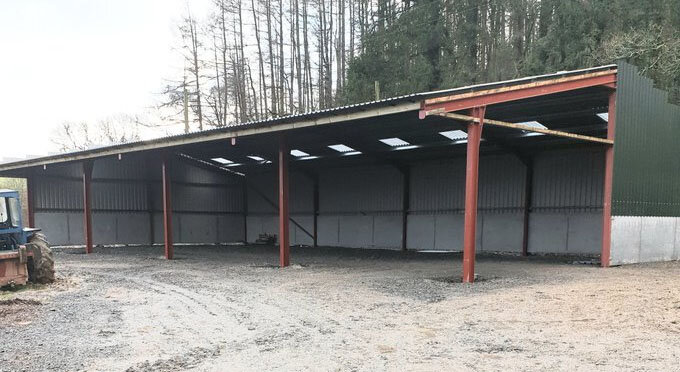
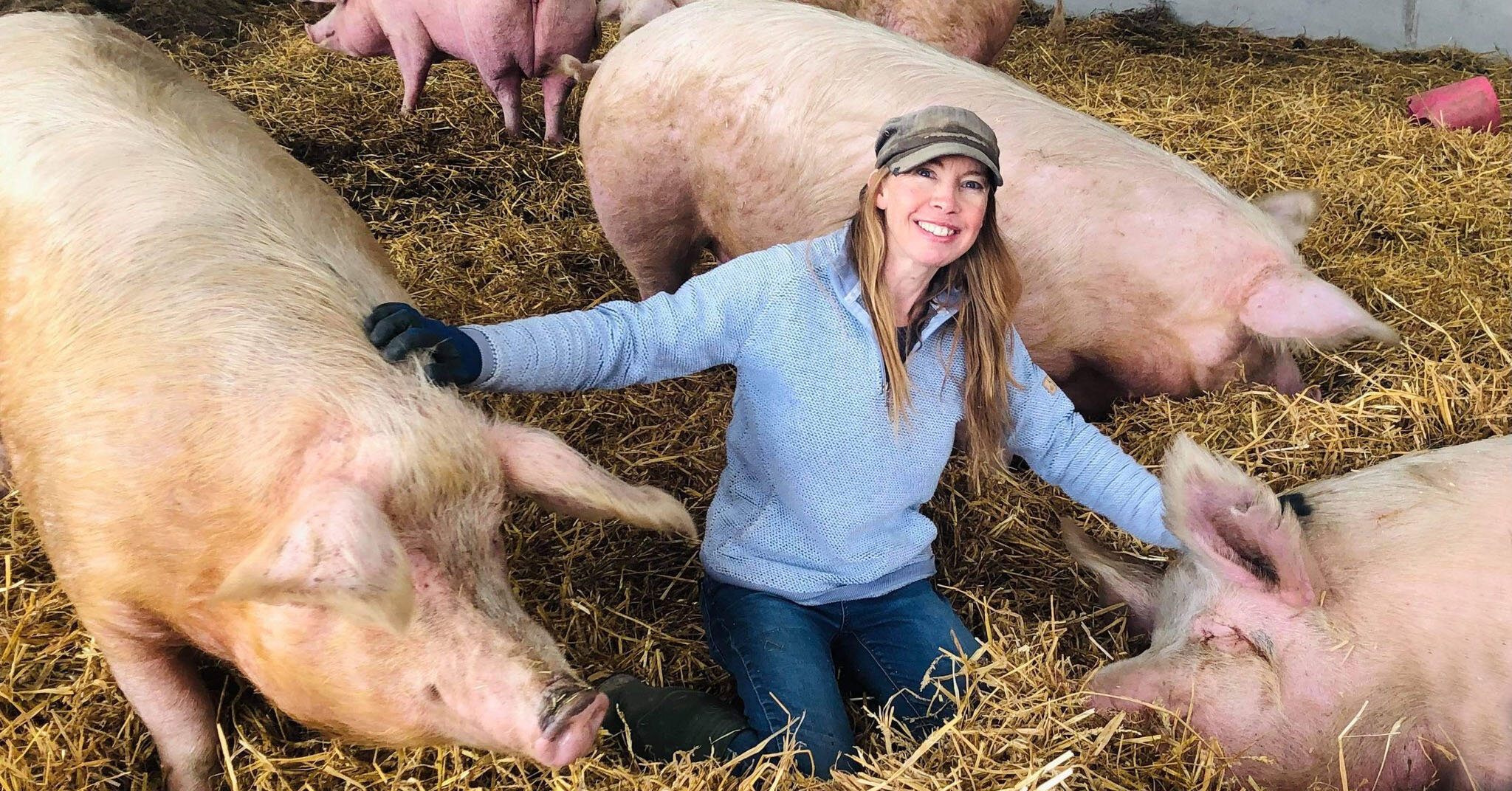
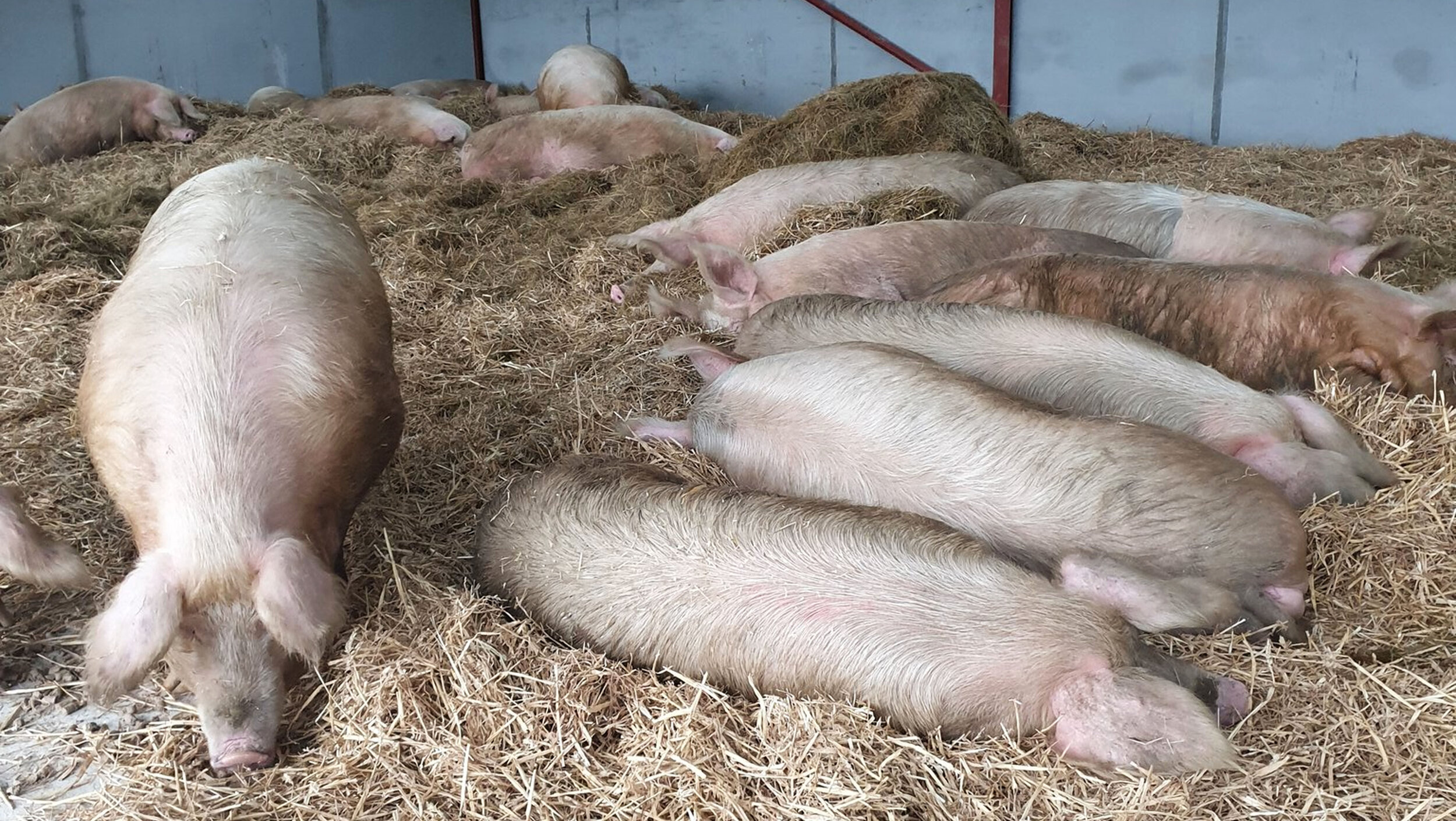
The vegan community is huge and it shows how much we can achieve when we all focus. All of this was all done during the year of the pandemic when many processes were slow or came to a halt. The relentless loops of sending graphic footage on social media brings about some change but it does not create the alternatives that are needed for change. At GVCF/VLM we are dedicated to helping create alternatives because this is the next vital step.
What happens to the animals that are using the land that you purchase?
The land that we have purchased didn’t have any animals on them as they were already removed. If there was an opportunity to buy out a farm with animals, we would set up and manage a sanctuary. We are fortunate to have people who have offered if this were to come about.
If resources weren't an issue what would your next success be?
That is a hard question because resources will always be an issue. We do have our sights on a larger piece of land featured below.
If we could buy this we would create some veganic pulse and legume trials. We would divide this 11.5 acres in half so that we could rewild half of it and create six different plant protein research areas with the remaining half.
Finally, we are running a fantastic new initiative at the moment. As vegans, we want to end animal suffering, but how many of us think about who will care for the animals rescued from the system. Beneath the wood Sanctuary rescued the 91 pigs and we all came together to build them a lovely new safe home. But these pigs could live for over 15 years. So who will feed them? They are costing almost £5,000 per month.
So we hatched an idea. We named this campaign for Beneath The Wood Sanctuary, The Pigoneer 2000 Club. We simply need 2000 pioneers to donate £2.50 per month. A small amount that as a collective covers the feed for all these pigs for life.
The plan is to roll this out for other sanctuaries too. But it requires people to see the power of all these possibilities for just contributing a few pennies. If not us then who will care for them?





